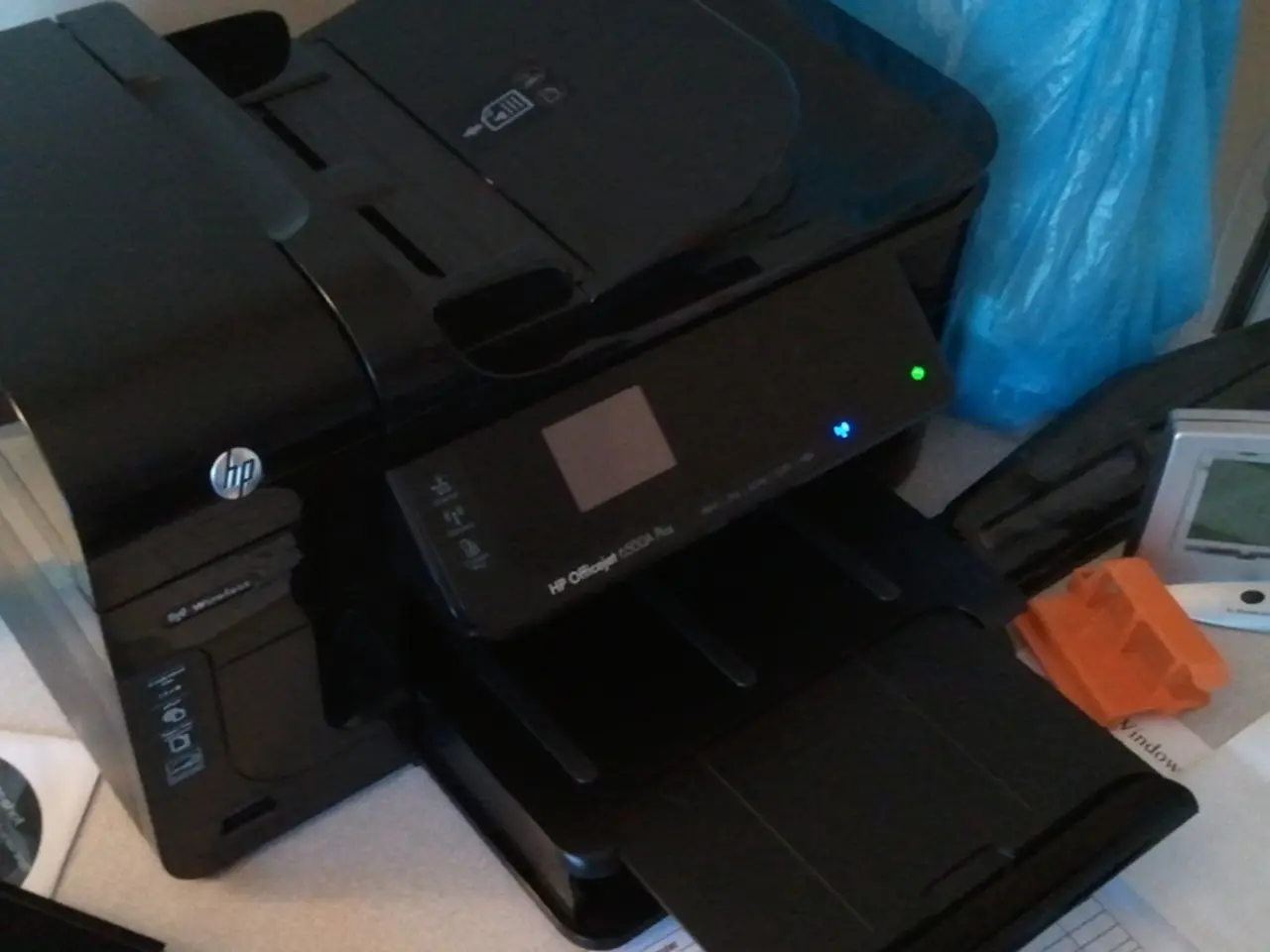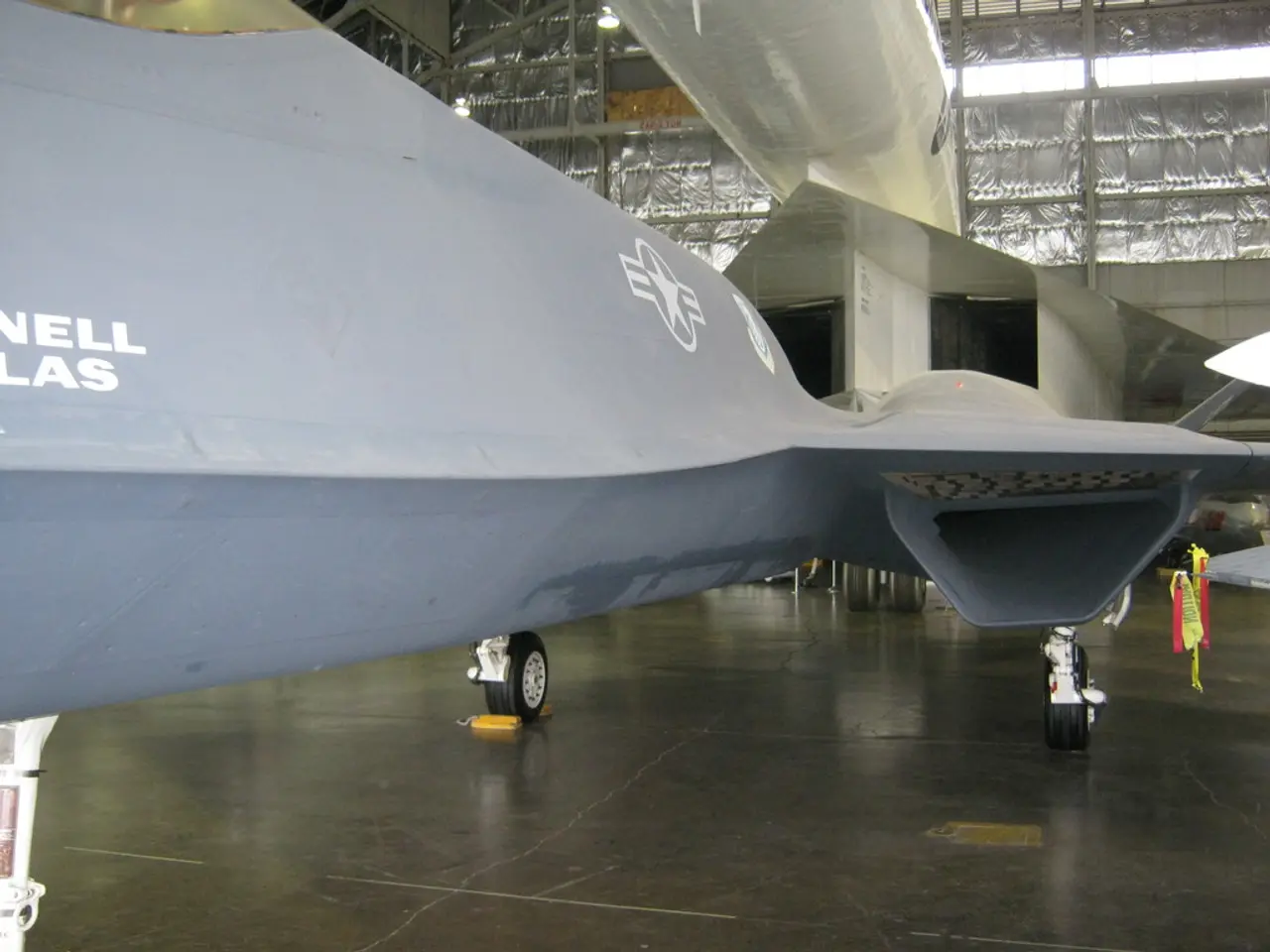Space Investments Are Being Shaped by Artificial Intelligence and Small Satellites
In the rapidly evolving world of space technology, Artificial Intelligence (AI) is making a significant mark, particularly in the realm of small satellites. This article offers an exploration of the current and potential impact of AI on these miniature spacecraft, as well as its broader implications for the global economy and space sector investments.
**Design and Movement**
Small satellites, particularly those orbiting in Very Low Earth Orbit (VLEO) at altitudes between 100–450 km, are benefiting from AI-driven miniaturization and autonomy. This innovation makes them cheaper to launch (approximately 50% less) and allows for their deployment in large constellations, enhancing coverage and resolution capabilities. The power constraints of small satellites (often only 20-30 watts available) necessitate the development of highly efficient, miniature AI models specifically designed for on-board processing, rather than adapting large terrestrial models. These models can autonomously monitor satellite health and detect anomalies in real-time, significantly improving satellite reliability and lifespan.
**Communication**
Advances in software-defined payloads and compact communication technologies, such as 3D-printed antennas and RF components, enable small satellites to maintain secure, high-performance links. Geostationary small satellites, smaller and less costly than traditional geostationary spacecraft, can now provide dedicated and secure communications, broadening access to sovereign and commercial users worldwide. AI optimizes communication bandwidth and data prioritization, enabling real-time data delivery critical for applications like logistics, emergency response, and manufacturing monitoring.
**Functionality**
AI transforms raw satellite data into actionable intelligence across various sectors. For instance, satellite imagery processed through AI enables earth observation with unprecedented 10 cm resolution for disaster management, logistics tracking, and manufacturing process optimization. Machine learning models onboard satellites can autonomously analyze telemetry data to detect anomalies and adjust operations, reducing the need for constant ground control and enabling longer autonomous missions.
**Global Economy and Space Investment**
The evolving AI-enabled small satellite ecosystem is driving substantial growth in connected markets. The geospatial analytics market alone is projected to reach $104.4 billion in 2025, growing at a 19% Compound Annual Growth Rate (CAGR), primarily fueled by AI-powered insights derived from satellite constellations. The democratization of space access, enabled by smaller, cheaper AI-driven satellite systems and cheaper launch services (such as reusable rockets by SpaceX), significantly expands participation beyond large nation-states to smaller countries and private enterprises, increasing global investment opportunities and competition in the space sector.
Sectors such as mineral exploration are adopting AI satellite technologies to streamline and enhance resource discovery, which is crucial to addressing critical material supply chains for other industries. Investment is also driven by the scalable nature of AI-integrated satellite constellations that can provide real-time, high-resolution data services across multiple industries, promising returns that attract both private capital and public funding.
In conclusion, AI is revolutionizing small satellite design and operational autonomy, thereby enhancing the functionality and data utility of satellite constellations. This innovation creates new service models that drive real-time insights in logistics, disaster response, and mineral exploration, fueling a multi-billion dollar geospatial market growth and reshaping the global space sector towards more dynamic and inclusive participation.
[1] "The Impact of AI on Small Satellites," The Sortino Group Ltd., [date of publication] [2] "AI and Small Satellites: A Game Changer for Space," AlphaWeek, [date of publication] [3] "Small Satellites and AI: A New Era for Space Communications," The Conversation, [date of publication] [4] "AI and the Future of Mineral Exploration," Forbes, [date of publication]
Science and technology are playing a crucial role in the development of small satellites, as the integration of Artificial Intelligence (AI) has led to miniaturization, autonomy, and cost-effective launching. This innovation in space-and-astronomy is not only improving satellite performance and reliability, but also creating significant investment opportunities in finance, particularly in the geospatial analytics market, which is projected to grow exponentially due to the real-time, high-resolution data services enabled by AI-integrated satellite constellations, ultimately revolutionizing various industries and democratizing space access through small enterprises and nations.




